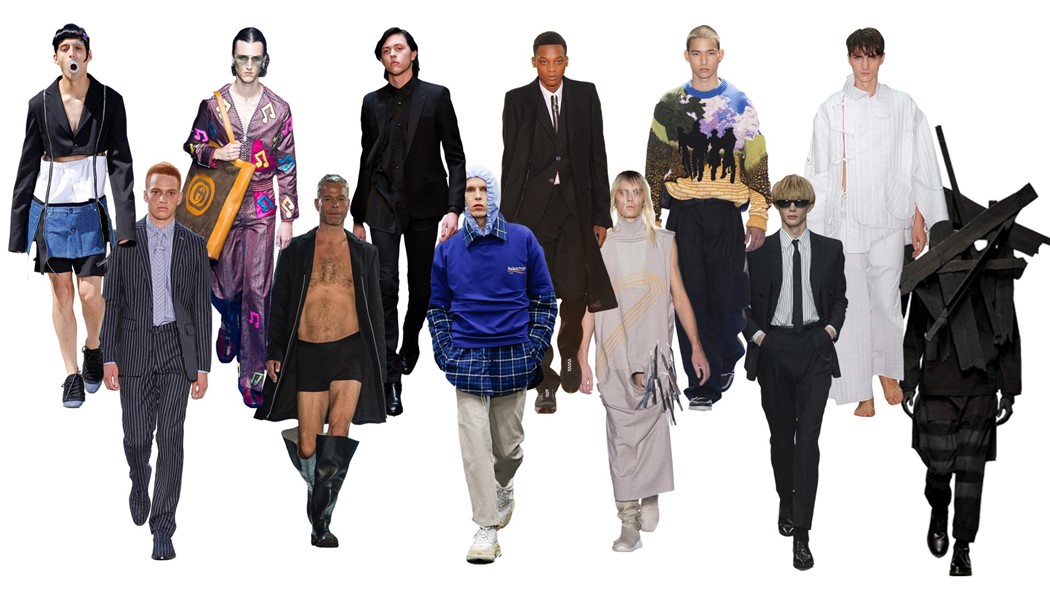How Menswear Realised Its Ambition in the 2010s
- TextDean Mayo Davies
A review of the decade in men’s fashion via eight designers that, for Dean Mayo Davies, summarise the climate of the 2010s
Reaching the end of a decade is significant, like arriving at the top of a summit, taking a breath of fresh air and checking out the view. All the while being tentatively aware of the Jenny Holzer truism: “Looking back is the first sign of aging and decay.” Not wanting to look too hard, yet appreciate the journey.
At the beginning of the 2010s, we had beautiful clothes, but in simpler contexts. Fashion was a catalogue to shop from. In 2019, we have a series of compelling and characteristic outlooks where designers’ aesthetics become inextricable philosophies manifesting in their own distinct culture – and giving us plenty to write about. Broader talk of human behaviour suggests that the internet is making us stupid, but fashion is brilliantly contrary, more sophisticated and more authentic in its ideas than ever.
Here are eight designers that, for this writer, summarise the climate of the 2010s.
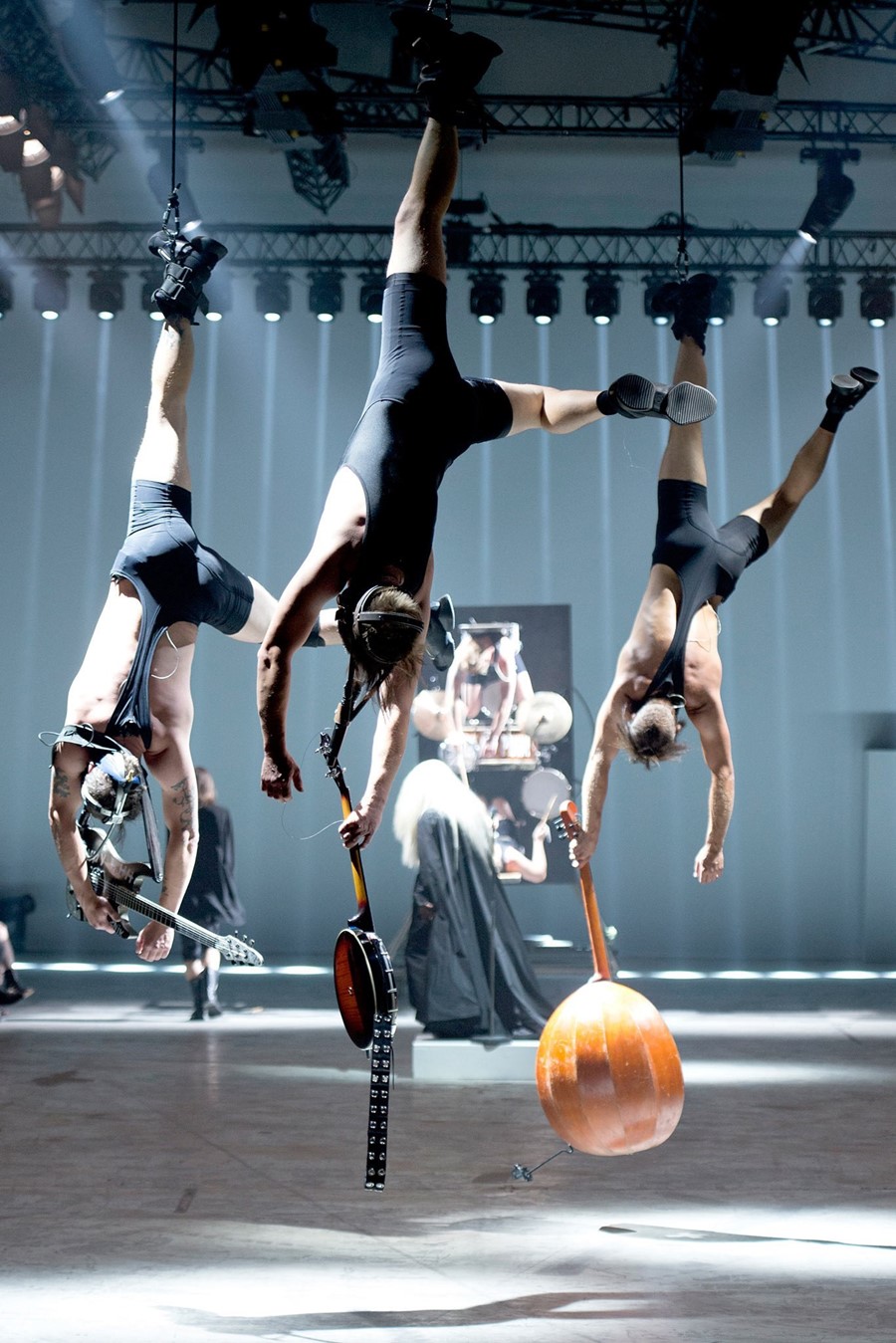

Rick Owens: showing up and showing off, a life of performance
Throughout the 2010s, Rick Owens revelled in the art of the fashion show: an appearance from Eurovision metallers Winny Puhh (S/S14); penis-flashing peepholes (A/W15); cobalt, sulphur and scarlet smoke (S/S19); illumination by 1940s a Defense Anti-Aerienne searchlight (A/W19); a dumped Thomas Houseago clayscape (S/S20) are just the men’s occasions. While his brand ambassadors Christeene, The Divine David and Kembra Pfahler embrace their lives as performance, full stop. Seeing out the decade with a night at the Centre Pompidou in October, Owens added Glenda, ballroom stars Mother Rheeda and Precious Ebony, and DJs including Pandora’s Jukebox. “Living works of art (people I admire who have devoted themselves to creative expression), standing on works of art (my furniture designs), responding to works of art (the Pompidou’s collection),” he told Vogue. “I want it to be an art orgy in a controlled environment (a museum).” Christeene, thrusting about in Rick Owens, on Rick Owens furniture, in front of an Yves Klein is a portal to his gesamtkunstwerk.
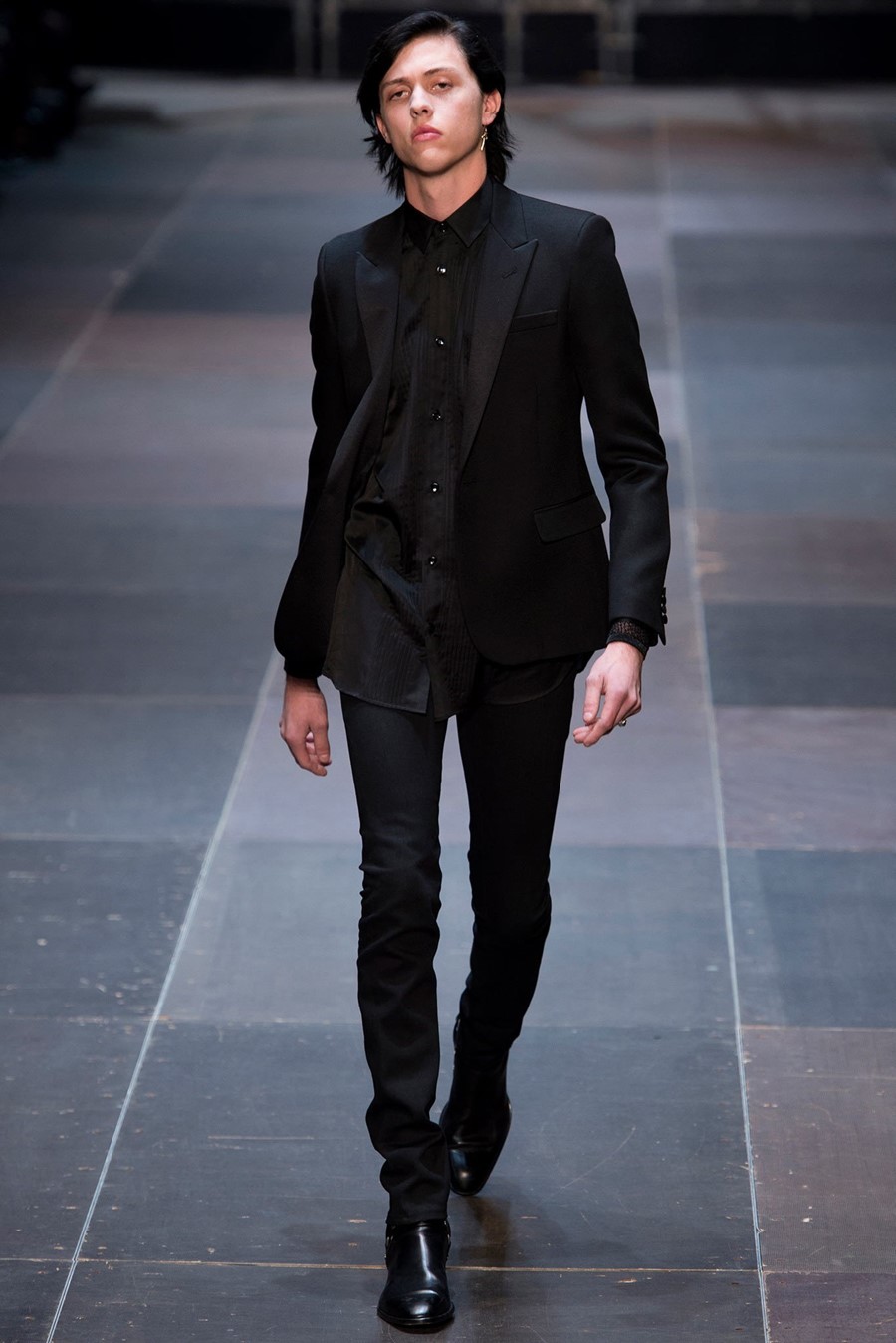
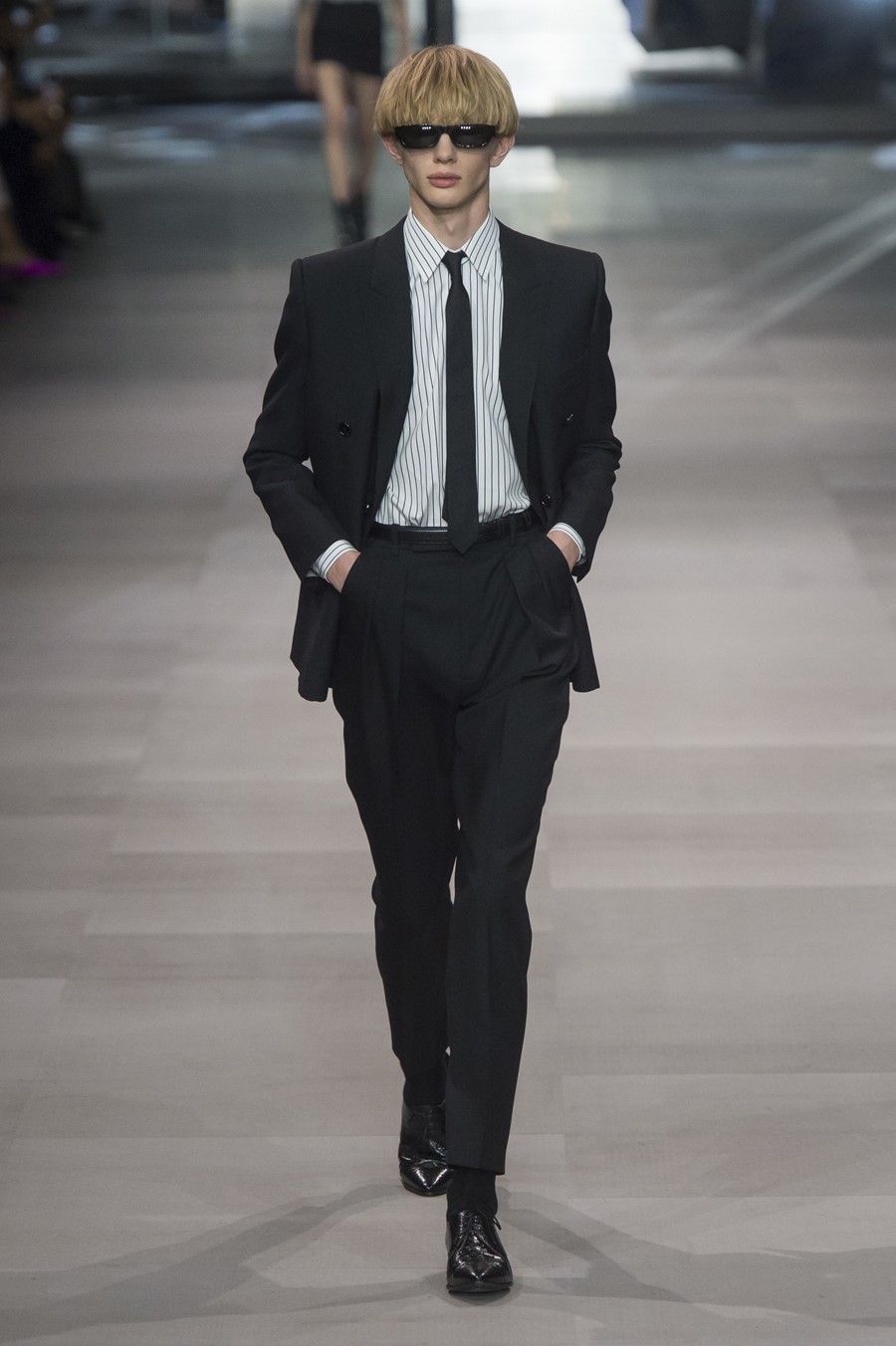
Hedi Slimane’s Celine: a cultural survey
Using the full force of a couture house to put the spotlight on exciting and charismatic voices, pulling them up a level and giving them something special to wear is the purest tribute, one that Hedi Slimane began so successfully with his landmark Dior Homme project in the 00s, fusing androgyny, architecture and indie, before his devoted (and controversial, remember) invigoration of Saint Laurent. While at current house Celine, his self-photographed Portrait of a Performer series is pasted on walls in the street, running in magazines, being shared on Instagram and listened to on Spotify, the playlist (like the photographs) featuring: DITZ (Brighton), FUR (Brighton), Oracle Sisters (Paris), The Goon Sax (Brisbane), Le Villejuif Underground (Paris) and The Wants (NYC). Beyond, Slimane has had bands like Walt Disco walking in the A/W19 show, incorporated artwork from David Kramer (S/S20) and commissioned sculpture by the likes of James Balmforth as part of Celine’s Art Project. It’s a thrilling combination paired with the collection, in all its rebellion of the immaculately turned-out. Just like Keith Richards in the 70s, the tasteful becomes dangerous because of the personality inside it.


Hood By Air: high-concept streetwear to drag you
Hood By Air’s double-ended cowboy boot from S/S17 is an icon of the decade: you might not have known whether they were coming or going, but that they’d arrived was undeniable. Shayne Oliver’s complex brand encapsulated so much yet ultimately it was simple in its all-or-nothing maverick nature, a project not to be clipped or compromised. A story of LGBTQ NYC, rising from the GHE20G0TH1K party Oliver threw with Venus X and Physical Therapy, HBA’s graphic logo and branding presaged a glut of knocked-off streetwear that came without concept or adventure. Hood by Air has won the LVMH Prize and collaborated with Pornhub. That’s a unique Venn diagram. Arca modelled (and the duo worked on a music project, Wench); No Bra modelled, Wolfgang Tillmans modelled. Dazed’s editor-in-chief Isabella Burley, during her time as editor-in-residence at Helmut Lang, astutely invited Oliver to design a Helmut Lang collection and the meeting of the brands was remarkable; a poppers rush of undone modernism, sex appeal and voracious attitude. Oliver says HBA is coming back, but in a way that suits it. Watch out.
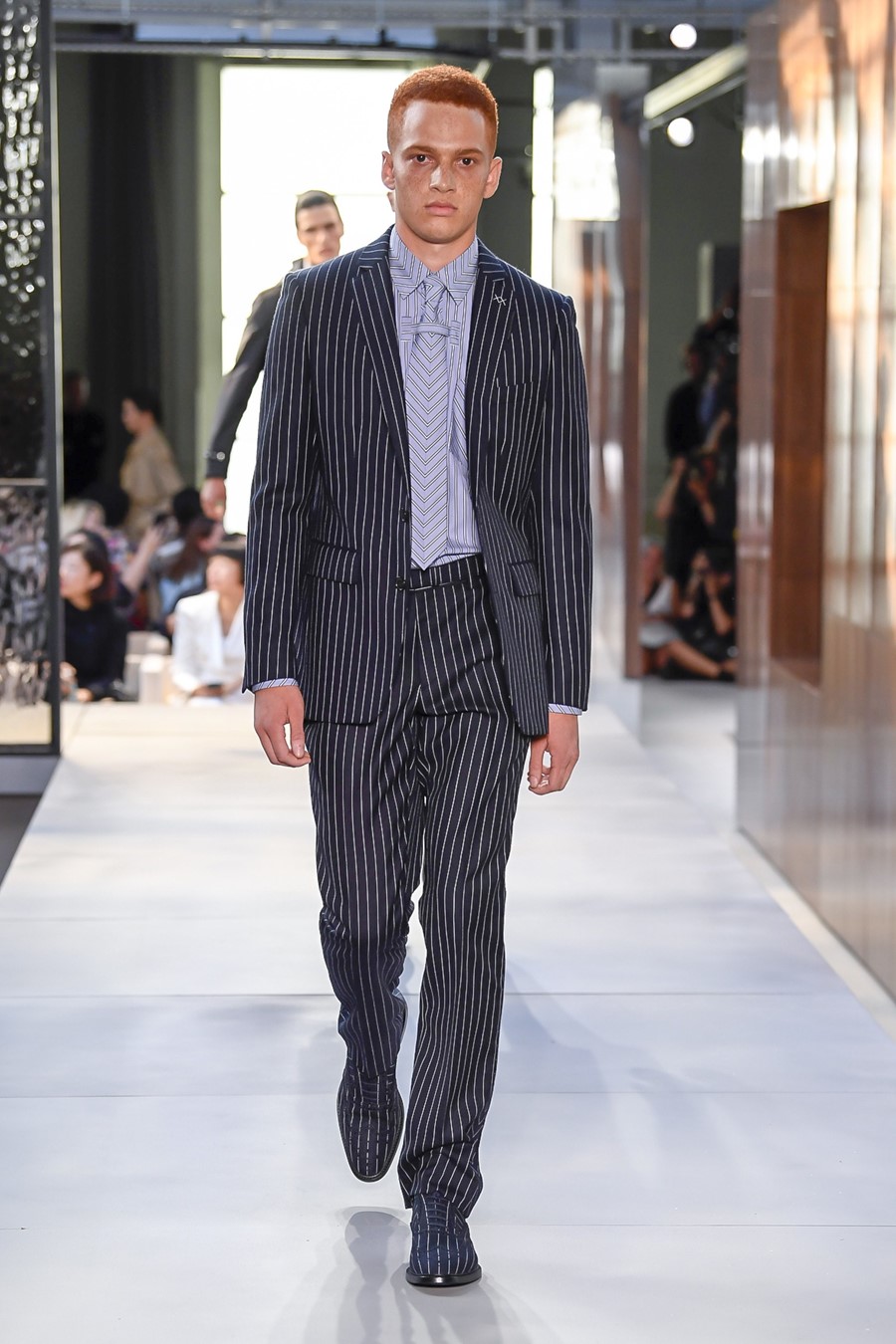
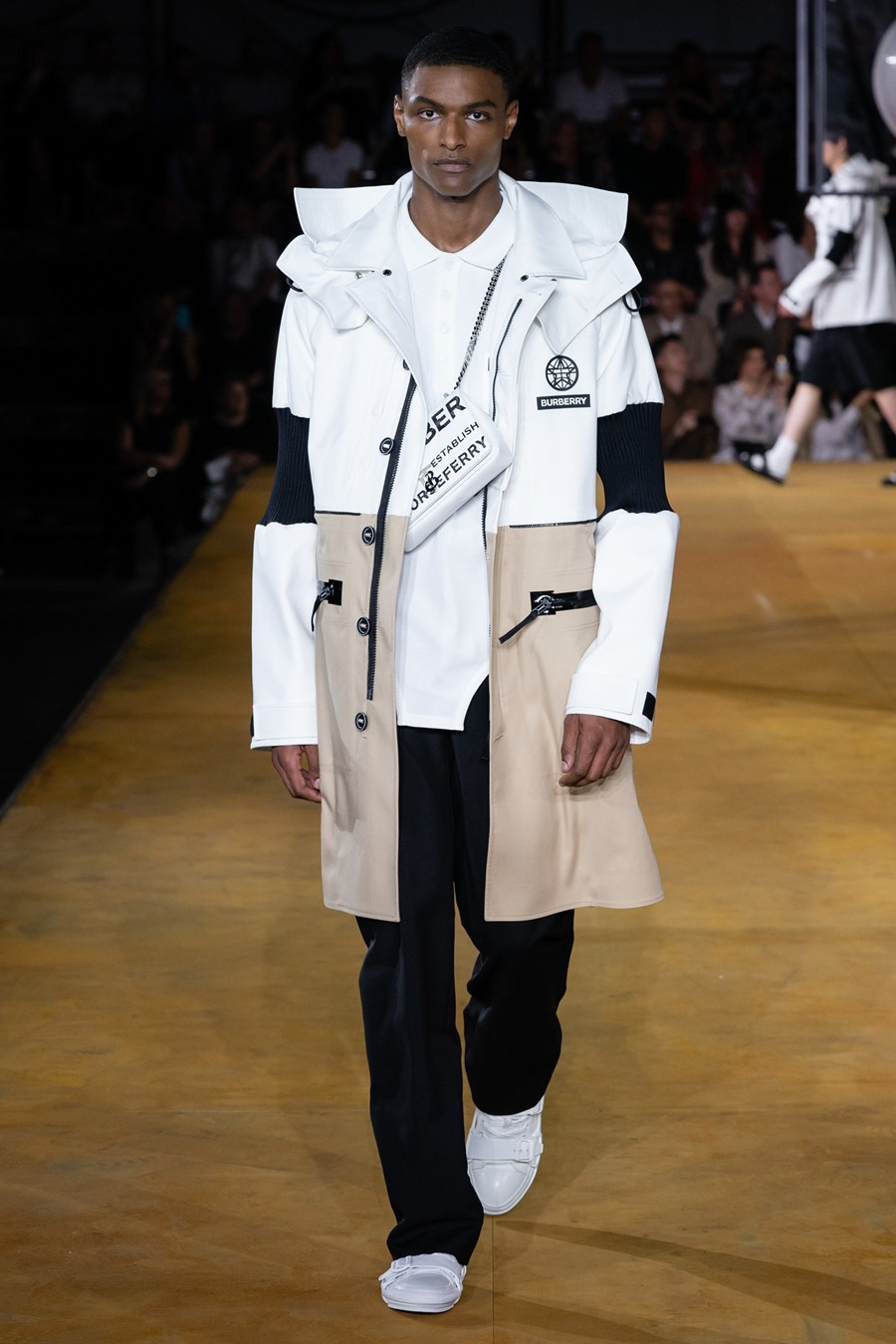
Riccardo Tisci’s Burberry: mother, daughter, son, grandchild
What has made Riccardo Tisci’s Burberry so compelling is that he has done what the brand tried to ignore for years: acknowledge its street currency, as well as emphasise the assuredly posh. It is cross-generational and class-inclusive. A story of Tatler society pages and grime MCs in the manner that only Tisci knows how, elaborating in a bigger way what made his Givenchy so successful and outlining his view of contemporary Britain (the Italian studied at Saint Martins, so he’s been watching from the inside for years). Leading up to the February 2017 show, Tisci commissioned a film of vox pops by Marc Isaacs, asking the public what Burberry means to them – “beautiful, absolutely fantastic,” praised one Northern teenage voice. Perhaps the best image comes from this year’s Christmas campaign, featuring a buzzcut and bomber-jacket clad youth in ambiguous dialogue with a very put-together Cecilia Chancellor. As the veteran 90s model commented on her Instagram: “A happy and slightly scandalous Christmas to everyone... celebrating all kinds of love.”
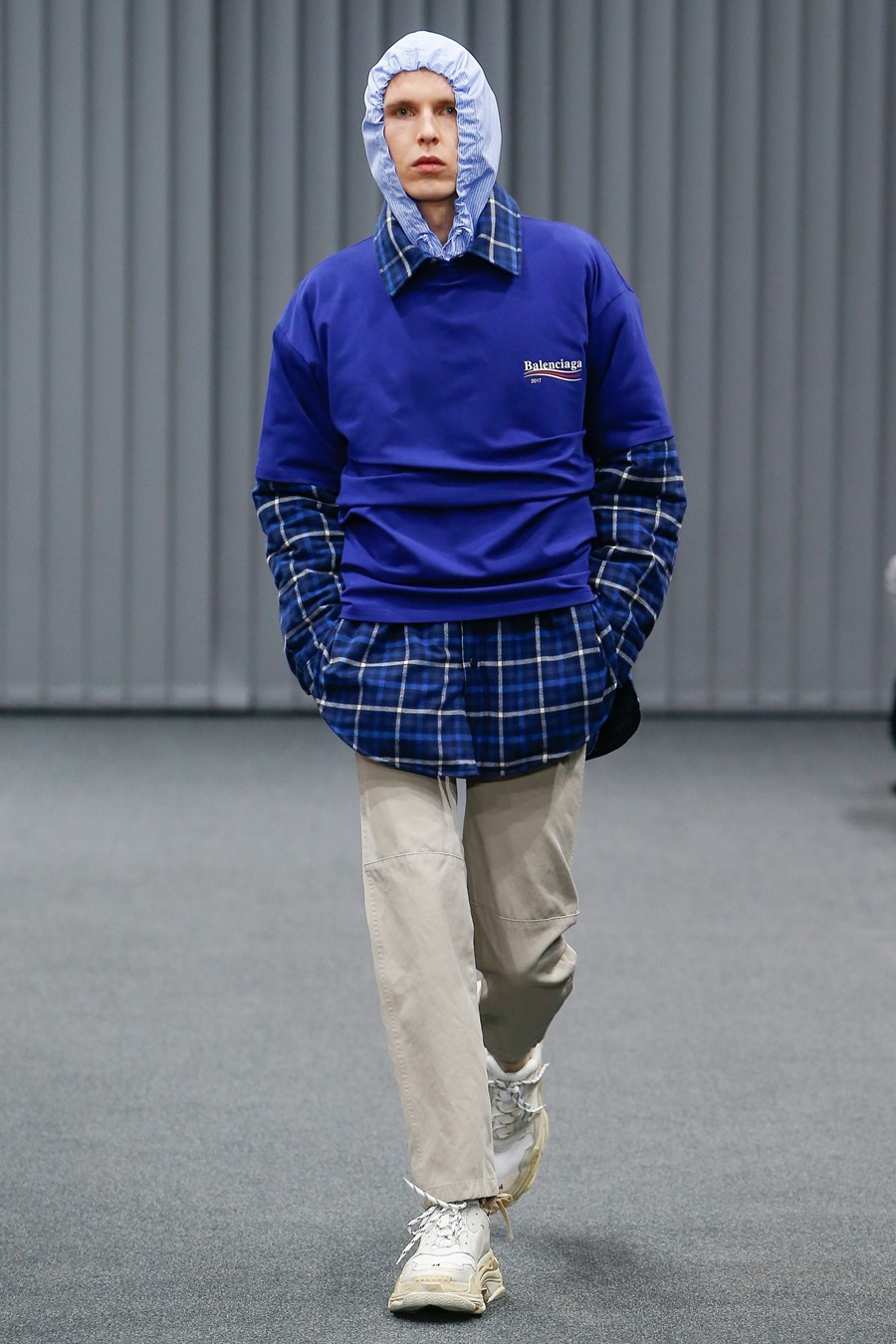
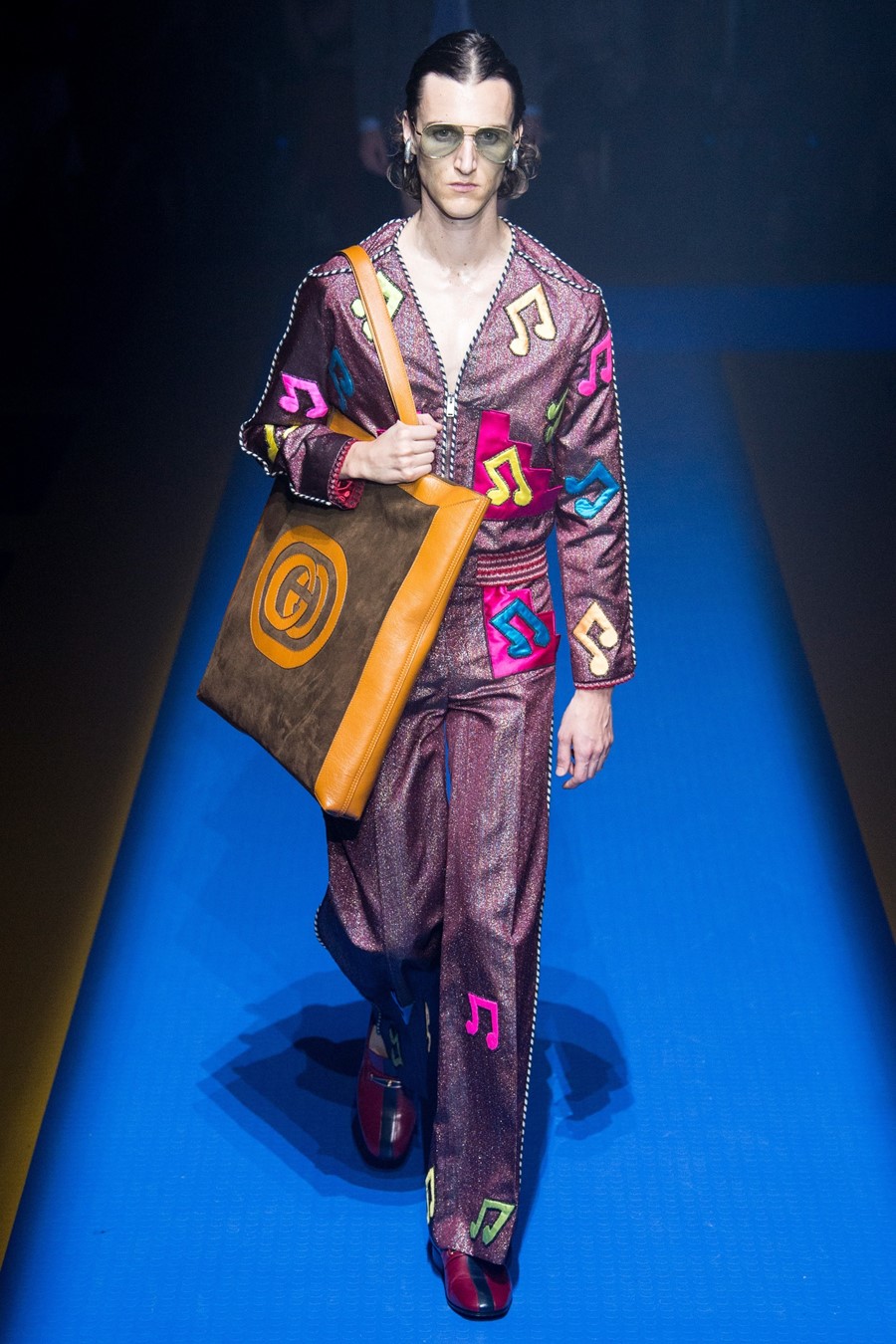
Demna Gvasalia’s Balenciaga and Alessandro Michele’s Gucci: the post-Tumblr eye
Demna Gvasalia’s ubiquitous Triple S sneaker helped make Balenciaga Kering’s fastest-growing brand of 2018, with its CEO Cédric Charbit telling Financial Times’ luxury goods conference that millennials account for 60 per cent of what the house sells. Gvasalia, who built the brand Vetements around the stylistic world of the hoodie, is reframing the aspirational: a search on lyrics.com finds 523 examples of rappers name-dropping Balenciaga. In the 90s, only fashion historians would’ve known the name of this label. Cristóbal’s legendary devotion to shape and volume, simultaneously rhapsodised and strange, is now translated by the Georgian into hardcore normcore with a fetish for the industrial.
Alessandro Michele at stablemate house Gucci has referenced Foucault in his collection notes and put cyborgs on the runway. As shows mixed everything from 70s tailoring and cartoon sweatshirts to the contents of Elton John’s jewellery box, collections move quickly and are so deeply styled that it can be hard to pinpoint an individual garments’ season, all the while being famously Gucci. (The latest show notes offered: “Fashion has a function: to let people walk through fields of possibilities.”) Here, buyer’s remorse means not pouncing fast enough. It’s easy to forget that when Michele was appointed artistic director in 2015, he had already been working behind the curtain for years: designing bags under Tom Ford in 2002, before moving to ready-to-wear with Frida Giannini in 2011.
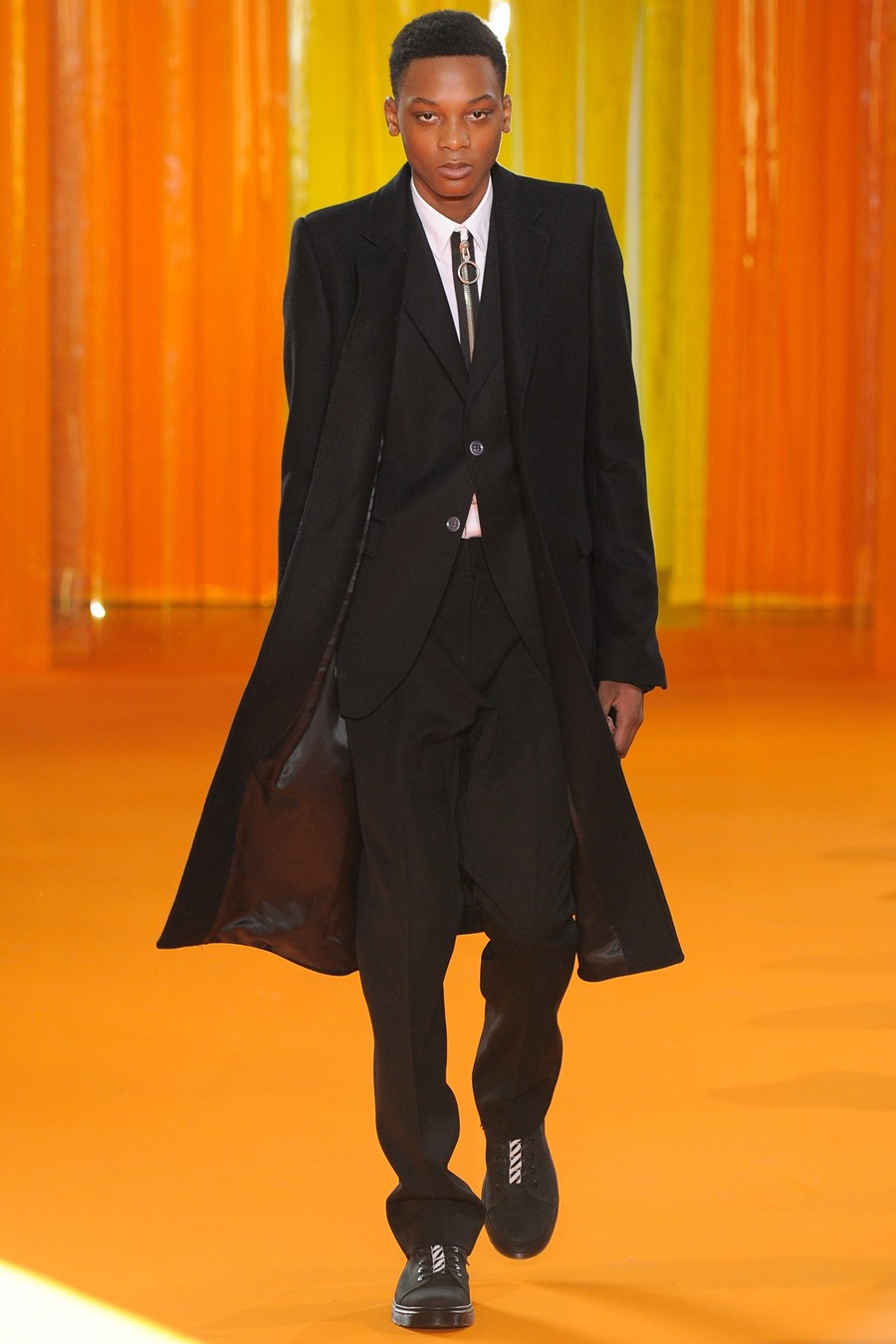
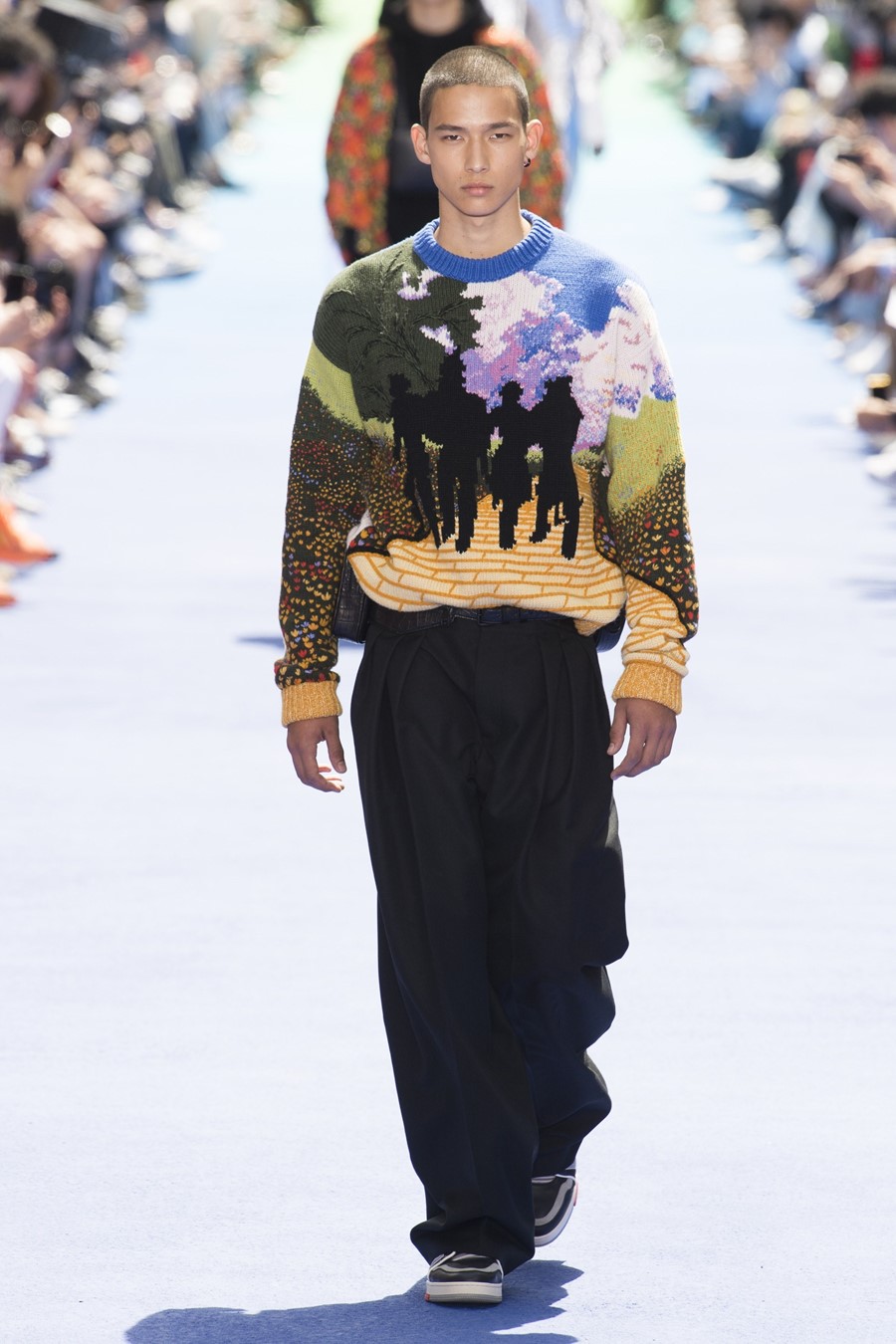
Virgil Abloh: the first black powerhouse director
With Off-White, Virgil Abloh become synonymous with inverted commas – the device become his signature. In 2018, when he was announced as the men’s artistic director at Louis Vuitton, making him the first black creative director of a marquee house, he would have another graphic language to play with: everyone knows what Vuitton’s illustrious 19th-century monogram looks like, whether a wallet to fit in your back pocket, a trunk you need the staff to lift or many other objects in between. Abloh’s message of optimism was seen from the offset; through his Yellow Brick Road-themed sweater, look 54 in his debut S/S19 collection, as well its sprawling technicolour runway. And, of course, the transparent colour-pop bags.

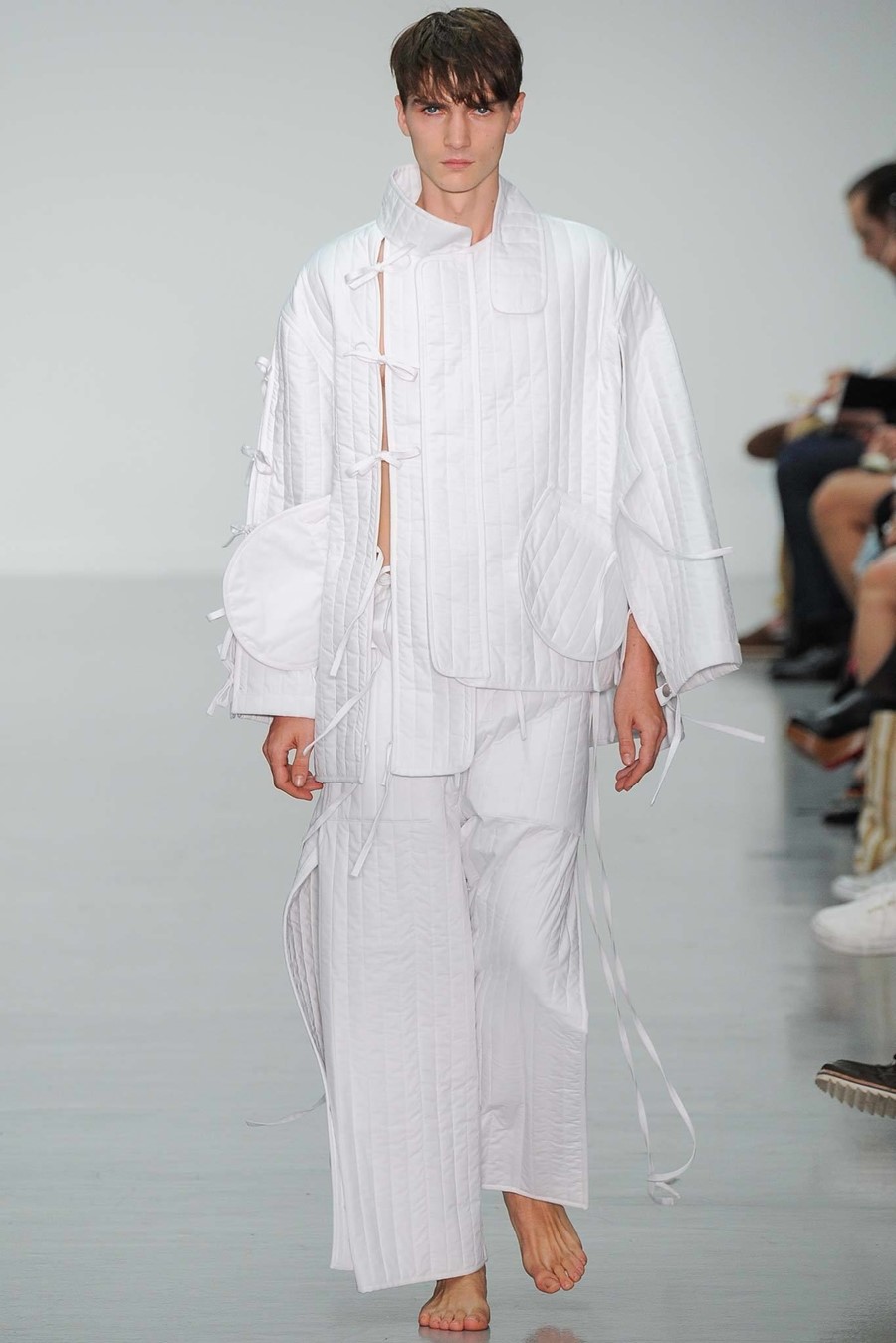
Craig Green: from talent to brand
Craig Green is the decade’s breakout talent, going from Central Saint Martins MA to Fashion East hope; London menswear highlight to S/S19 Pitti Guest Designer (following a succession of invitees including Undercover and Raf Simons). In January, Green joins the Paris menswear schedule for A/W20. From his passing out show, it was clear the designer would go on to big things – even if at first that meant tabloid newspapers trolling his men, their sculpture interventions created in collaboration with David Curtis-Ring. Green’s conceptual menswear, whether referencing flags, rafts (those deflatable jackets for Moncler) or stained glass, runs parallel to a wardrobe of workwear and utility pieces, the backbone of his business. And it is a business. London is regarded as the home of DIY upstarts and wilful imagination and Green has worked hard to build longevity beyond that. Now if you want a ticket to his show you’ll have to ask the venerable PR, Karla Otto.
